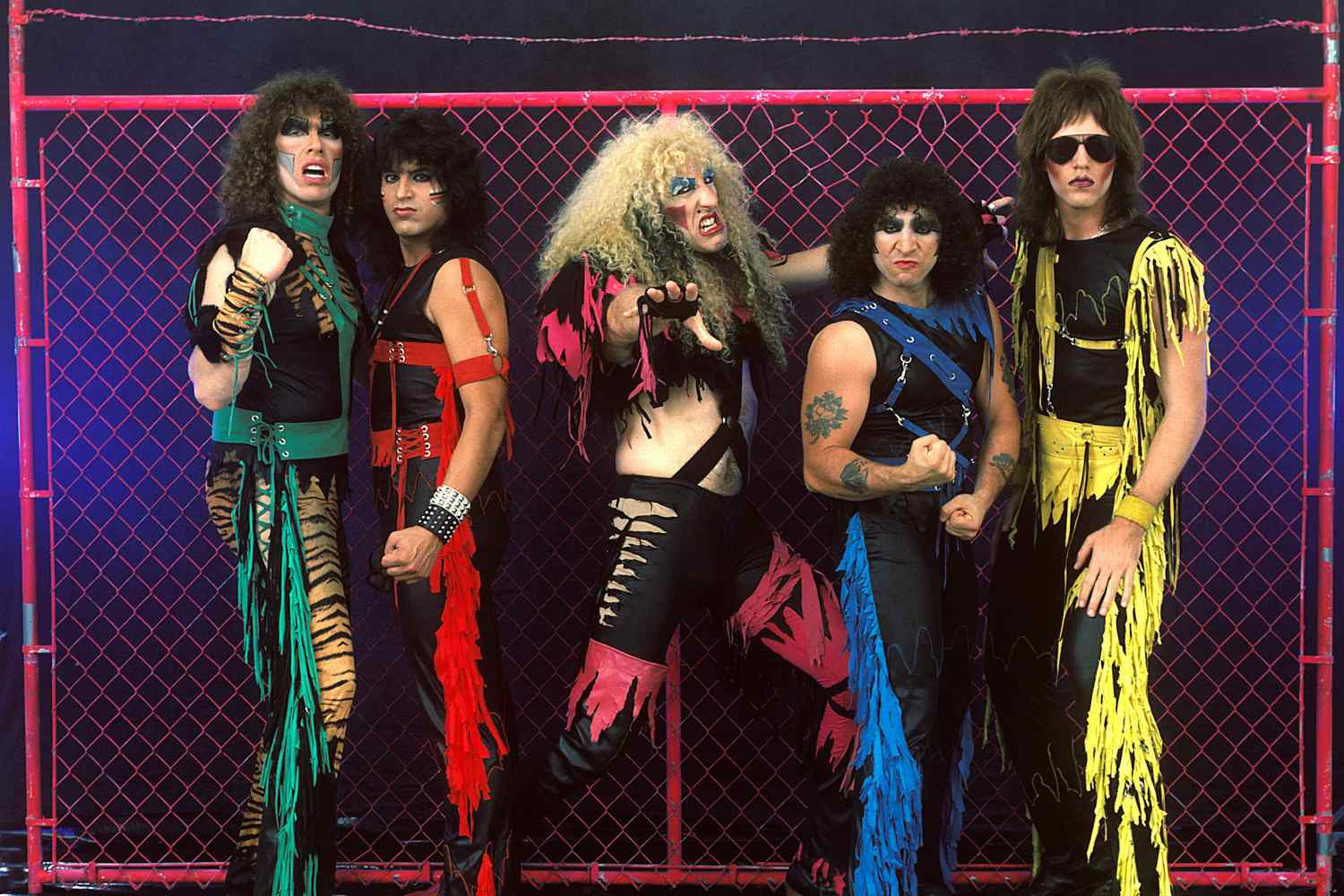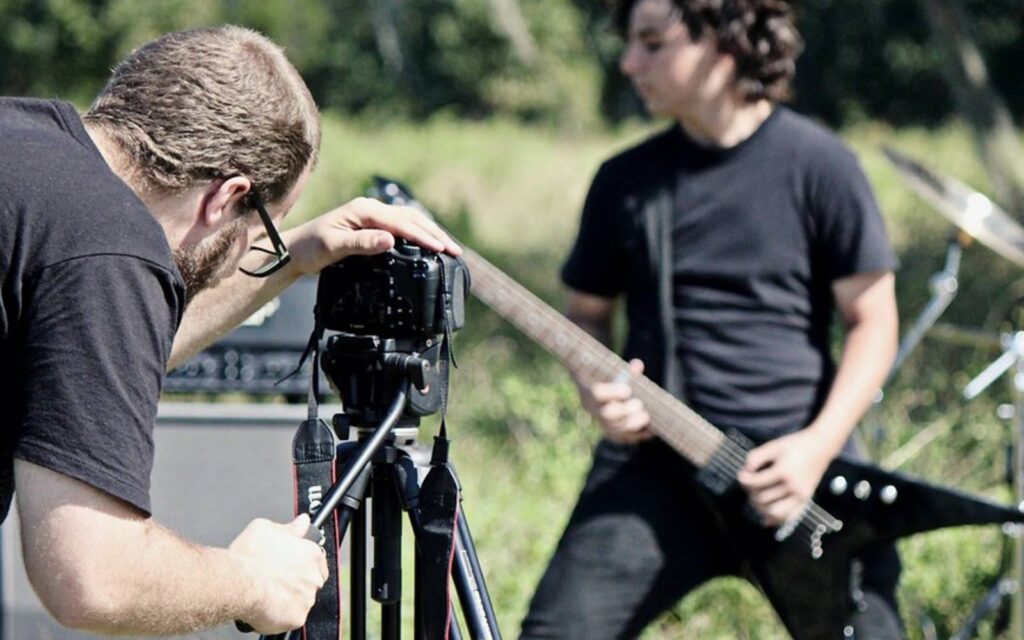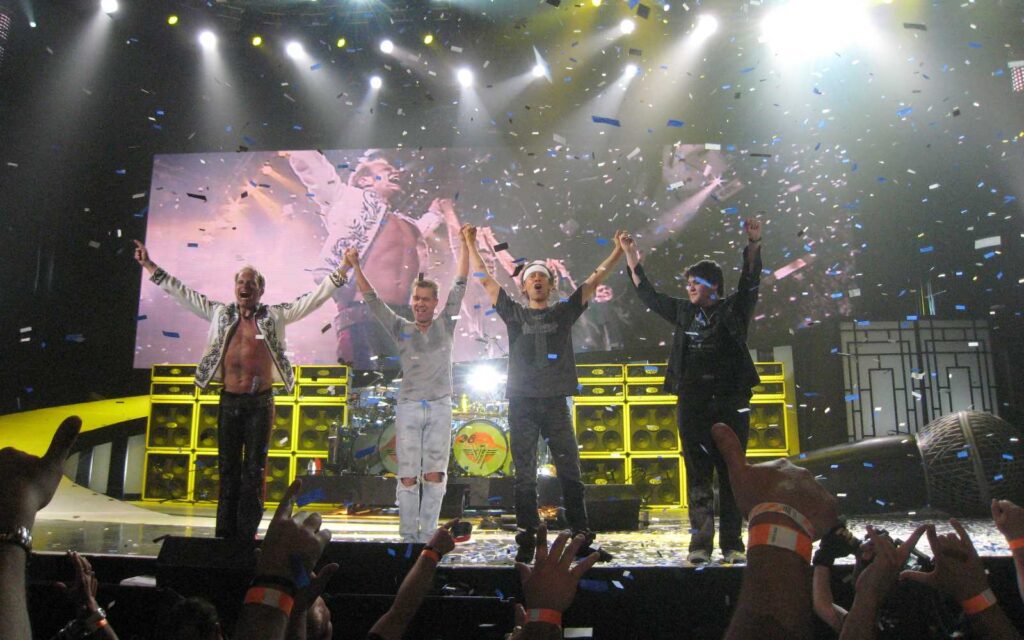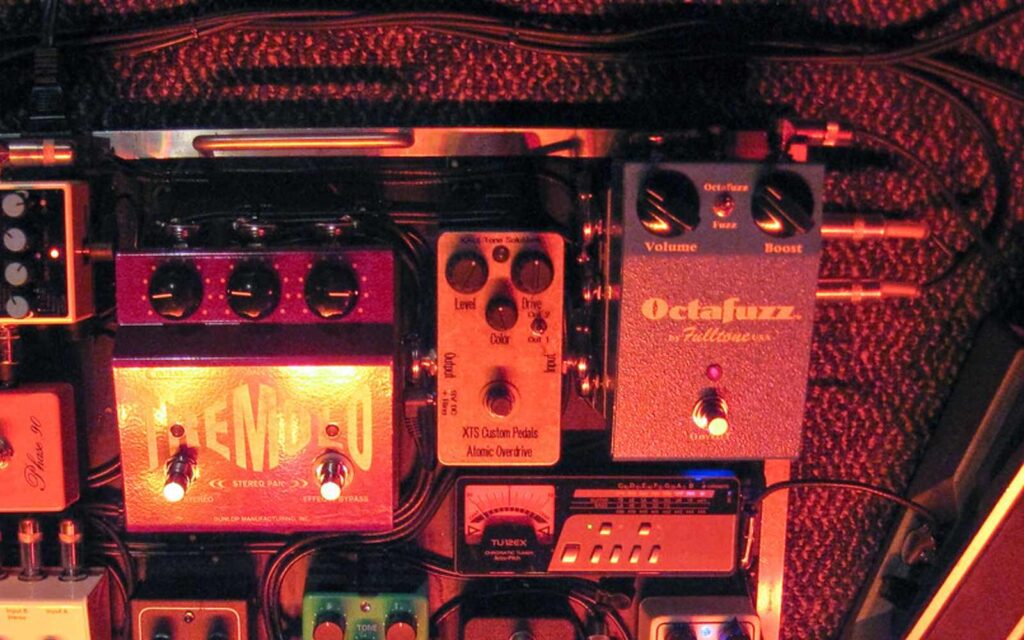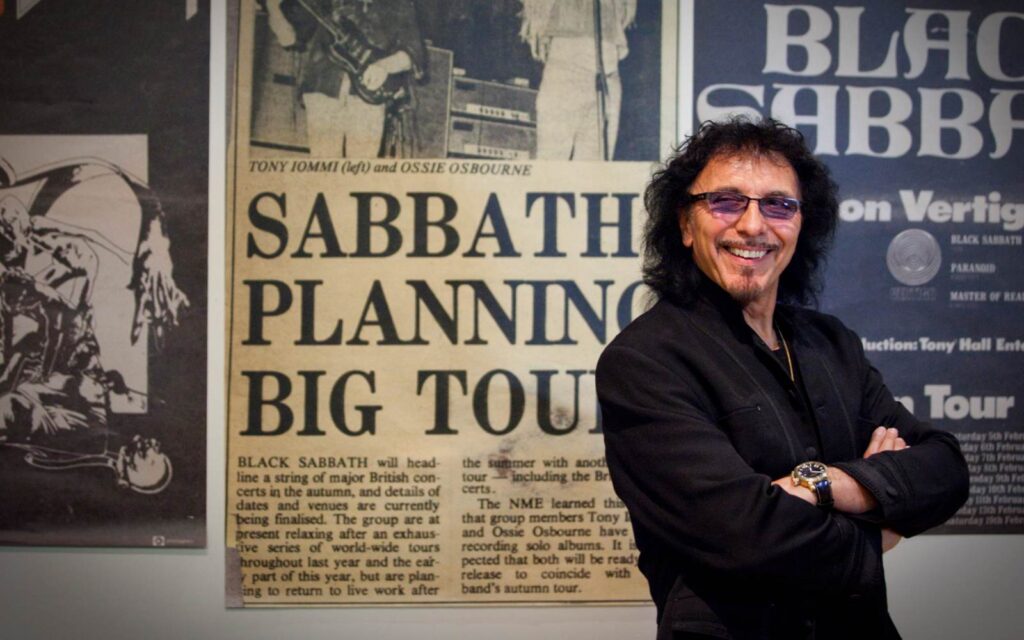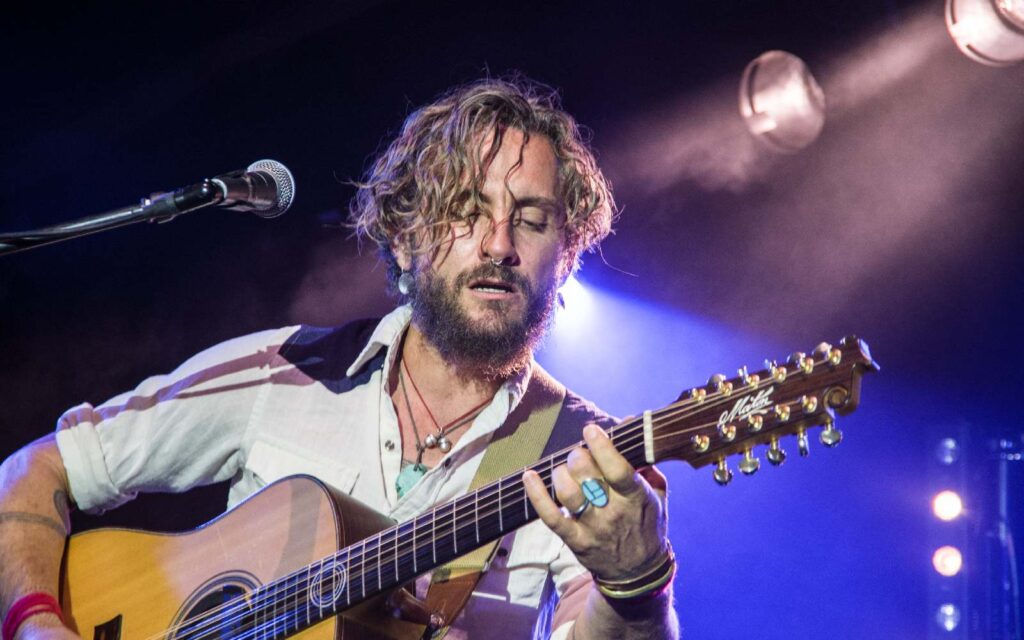Taking you back to a time where everyone was wearing leopard print flare pants, ripped jeans, big hair, and ripped shirts.
Music was in the beginning of a scene that would rise then fall, and would be greatly remembered as one of the most outrageous and unique times in history. But that is not to say it didn’t face its own share of musical criticism. Surely the good times of your old sex, drugs, and rock & roll outweigh the bad, right? Strap in, grab a drink, and allow me to dissect the rise and fall of glam rock.
Read all the latest features, columns and more here.
I can’t write an article on glam rock without giving credit to the one and only Marc Bolan, who most of you will know from his band T-Rex. Marc is where it all began, and he is known as the King and pioneer of glam rock. He kicked it all off in 1971 with his appearance on BBC’s Top of The Pops playing the hit ‘Hot Love’. Dressing in glitter, satin, big hair, platforms, and providing a killer stage presence, a lot of very successful artists in the glam rock movement wouldn’t be here today providing us those killer tunes if it weren’t for Marc Bolan and T-Rex.
David Bowie
From Marc we got David Bowie and his alter ego Ziggy Stardust. The Ziggy Stardust image – encapsulated on stage with choreography and a broader and unprecedented show – consisted of various styles of makeup and costumes, with the most memorable being the orange hair and lightning bolt across the face. Bowie and Bolan inspired acts such as Roxy Music, Pseudo Echo, Adam and The Ants, Slade, and more. This led to the heavier style of glam rock which it is more prominently known for, a style that a lot of people associate with heavy rock and sometimes dipping its toes into metal of the time.
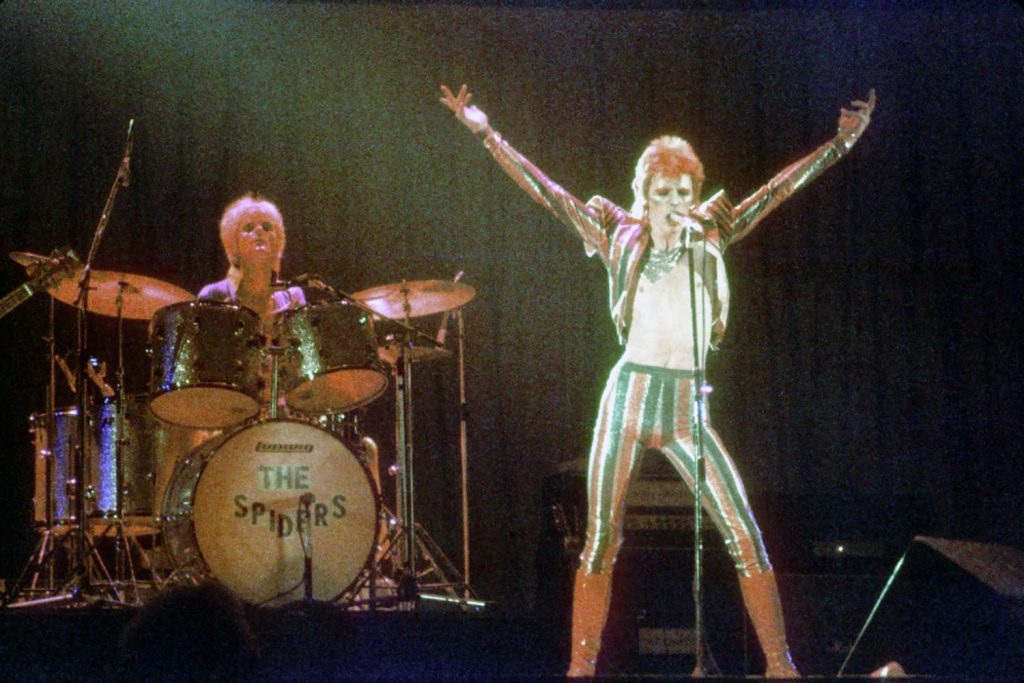
Glam metal
Around the mid ’70s, glam rock was on the way to its peak and to the mainstream music scene. The heavier acts were coming through taking inspiration not only from Bolan and Bowie, but well respected bands like The Beatles, Bee Gees, and The Rolling Stones. The heavier acts of glam consisted of the likes of KISS, Def Leppard, Mötley Crüe, Quiet Riot, Twisted Sister, Aerosmith, Journey, and New York Dolls. The glam rock look was really starting to come through.
The big hair-sprayed manes, makeup in just lipstick and eyeliner or the theatre and clown style, flare paints and leggings with designs ranging from leopard and zebra print to stripes and leather, platform and snake skin boots, vests, satin, and jackets which ooze sex appeal, or so they thought at the time. These heavier bands bought in a very different style of music to the glam rock scene. Something with brash guitars, drums that do 360s (okay Tommy Lee, maybe not all), driving basslines, roaring vocals that connect to your soul, and lyrics that romanticised about a woman, sex, the good times, or a tale not told.
Like the very well-respected bands from the ’60s and early ’70s, these heavier bands filled stadiums with crowds in the 10s of thousands. And if they tried, I reckon back then they could fill Woodstock by double capacity and break records. Record sales were going through the roof sending albums double and triple platinum, selling in the millions. But this wasn’t the peak yet. Record and ticket sales are set to skyrocket, the radio will play your favourite song, magazines will feature your favourite artist, record stores will pack out, and people were sporting the glam look in everyday life. And here is where everything glam is just going to get even more crazy.
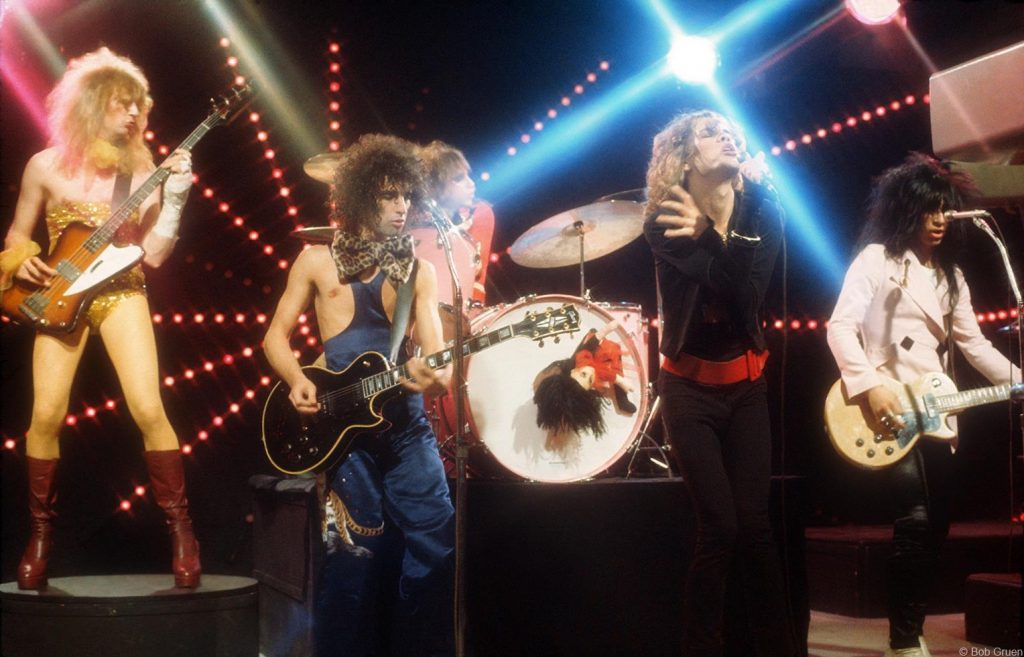
(Image: Bob Gruen, 1973)
Mötley Crüe
With the major success of the bands from the mid ’70s, glam was on a steady rise and come the ’80s, everything became bigger, better, more intense, restless, and wild. Bands such as Skid Row, Mötley Crüe, Guns N’ Roses, WASP, Helloween, Transvision Vamp, Bon Jovi, Ratt, Cinderella, Warrant, and L.A. Guns came onto the scene. These bands brought everything I mentioned about the style of music above and turned the dial up to 11.
Posters of your favourite glam rock band were on the wall of every teen’s bedroom, records were sprawled out on the floor in front of the record player, and music shops were going crazy selling whatever gear their favourite muso was sporting. And cheesy music videos were in their most successful period of the decade. Songs like ‘Nothin’ But a Good Time’, ‘Jump’, ‘Kickstart My Heart’ to name a few were chart topping hits across the globe.
The bigger they are, the harder they fall
If you heard of the phrase ‘what goes up must come down’, then you will know exactly what this next chapter is about. Glam rock began its decline from the mid ’90s. Sure it was still trying to keep the fire burning, trying to keep the spark alive and stay mainstream, but it was fading away.
A new scene the kids were calling “grunge” was starting to take over and became the mainstream scene. Bands like Nirvana, Blink-182, Jimmy Eat World, Rage Against The Machine, and Alice in Chains were dominating.
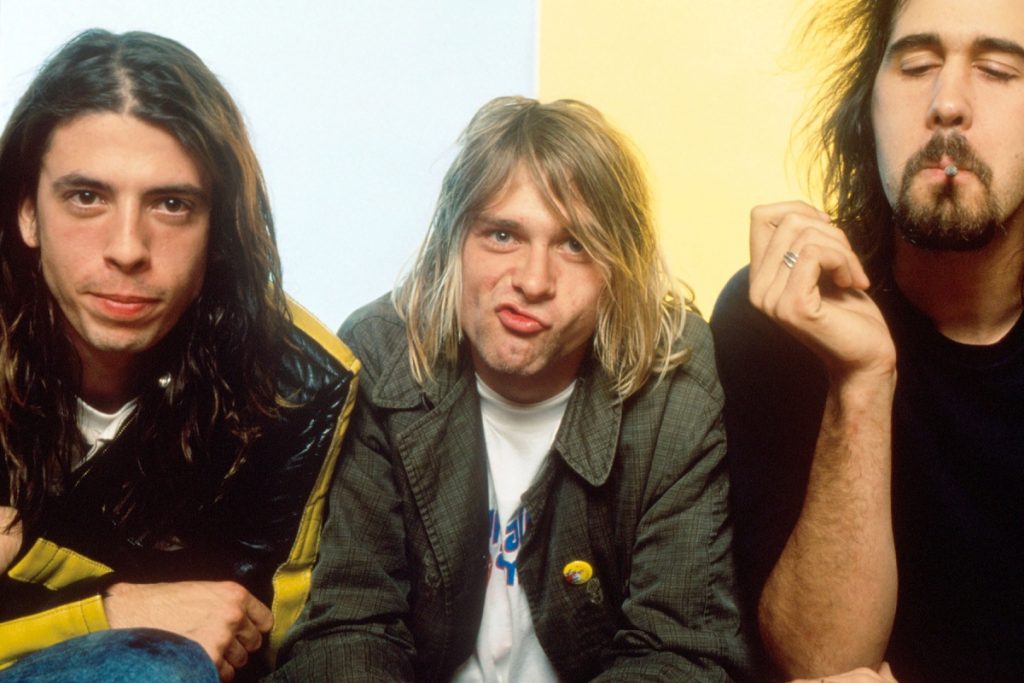
(Image: Ja Barratt/ZUMA)
Today glam rock is no longer the mainstream music scene. But that doesn’t mean it has completely disappeared. There is still a glam rock scene around but it is now a very niche market. Bands from the ’70s and ’80s like KISS, Def Leppard, Mötley Crüe, and Poison are still going strong, still touring even though they aren’t making albums anymore. And there is a tribute scene to show support and dedication to not only these very successful and well-respected bands but to also keep the fire burning in the glam rock scene.
There are a lot of original glam bands out there, but not in Australia sadly. These bands mainly come from Europe, the likes of Reckless Love, Crash Diet, Crazy Lixx, and Tiger Tailz. But at least the fire is still burning out there solemnly and who knows, maybe one day glam rock will be full on mainstream again, just like doing the ‘Time Warp’.
More on Marc Bolan here.
